Top 10 Low Sodium Foods List for How to Start a Heart-Healthy Diet
7 minute read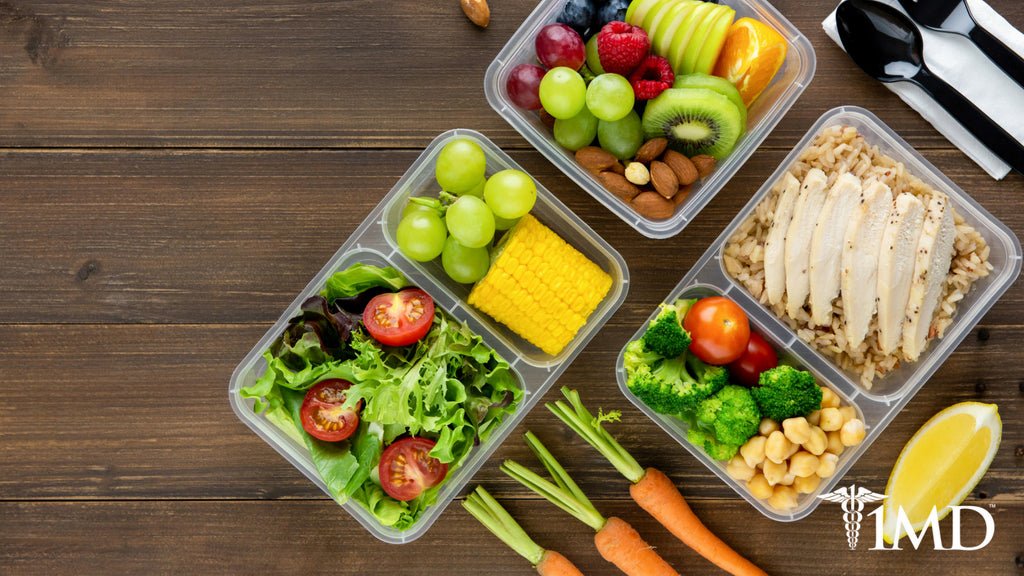
It’s a widely accepted fact that salt is not good for you. Still, we see salt consistently pop up in many common foods, especially in the Standard American Diet.
If you often visit fast-food restaurants or eat a diet high in junk food, chances are you’re consuming way more sodium than the recommended daily amount. And the effects of a high-sodium diet can be devastating to your overall health, even causing you to feel hungry when you’ve already had enough.
Still, even if you know sodium is bad for you, it can be hard to avoid. Many foods contain sodium, even foods you wouldn’t necessarily expect. So to help cut through some of the mystery, here is a list of low sodium foods you can easily incorporate into your diet.
1. Fruit
If you’re looking for something to satisfy your sweet tooth that’s still a healthy option, look no further than fruit. They’re some of nature’s most delicious snacks, and fruits are full of health benefits that will keep you feeling energized and refreshed.
Berries are famously high in antioxidants, which help protect your body against disease-causing particles. Citrus fruits are loaded with polyphenols, powerful compounds that can help your digestion and energy levels.
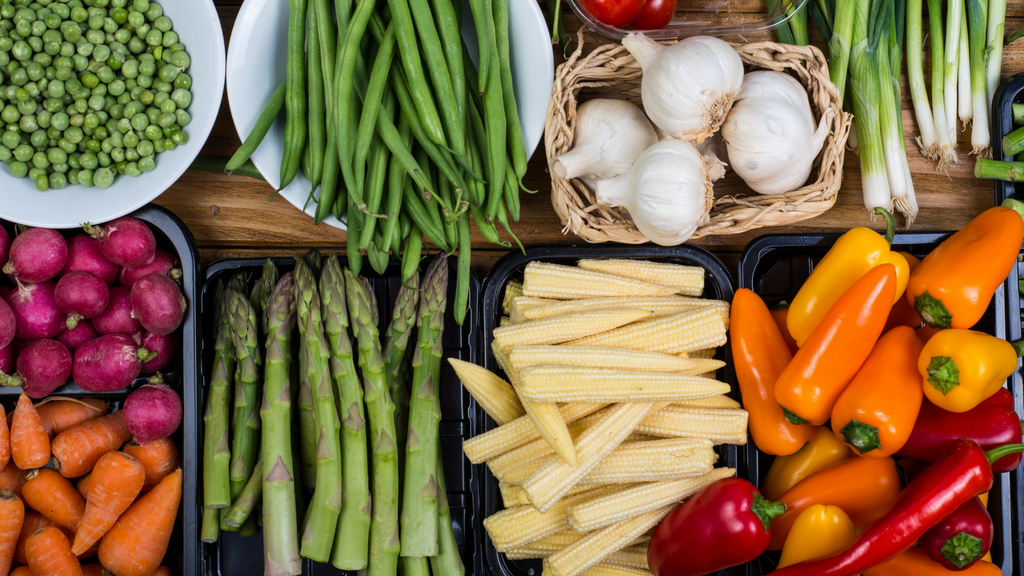
Just about every type of fruit comes with some form of health benefit, so no matter what your favorite is, you’ll be doing yourself a favor by adding more fruit to your diet.
2. Vegetables
It may seem obvious to include vegetables on a list of healthy foods, but it bears repeating. Vegetables contain minimal amounts of sodium and, like fruit, they are absolutely loaded with potential health benefits.
Vegetables can help with everything from better digestion to improved cognitive function. Some vegetables have even been linked to better eye health.
Celery sticks or a nice green salad might not be the first thing that comes to mind when your food cravings kick in, but if you replace the salty junk food with vegetables, you won’t regret it.
3. Unsalted Nuts
Many different kinds of nuts have different kinds of benefits for your health. For example, peanuts are a great source of protein, which can provide energy to your body. And walnuts have been linked to better cognitive function.
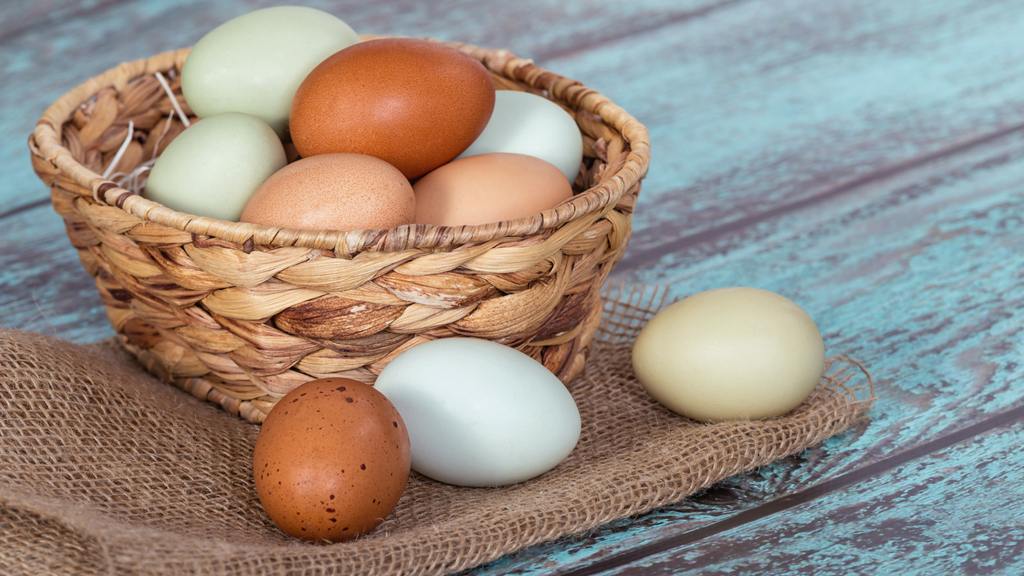
If you’re looking for a low-sodium snack to enjoy, make sure you grab the unsalted nuts off the grocery store shelf. They’re a tasty snack that can make you feel full without disrupting your health.
4. Quinoa
This food has become increasingly popular in recent years, and it’s easy to see why. Quinoa is a grain that is loaded with protein, which makes it a necessary staple in many vegetarian dishes and meal plans.
But even if you’re not a vegetarian, quinoa is a delicious and enjoyable grain that can be added to everything from salads to pasta dishes. One of the best parts about quinoa is it contains minimal amounts of sodium, so you don’t have to feel guilty going back for seconds or thirds.
5. Eggs
There was a time when people considered eggs to be one of the more unhealthy foods, but recent research has shown they’re not as bad as people once feared. In fact, eggs can be a great way to get a nutritious filling meal without additional sodium.
| Related: Try a Protein-Packed Egg and Veggie Breakfast Bowl |
Just be sure to keep that salt shaker in the pantry when you prepare them. If you’re looking for a way to flavor your eggs without sodium, try scrambling your eggs with tomatoes and basil. It will provide a nice additional taste without loading up on salt.
6. Goat Cheese
Like eggs, dairy often gets a bad rap. And it’s true that you should avoid overloading on dairy. But if you enjoy it in moderation, goat cheese is actually one of the more healthy options.
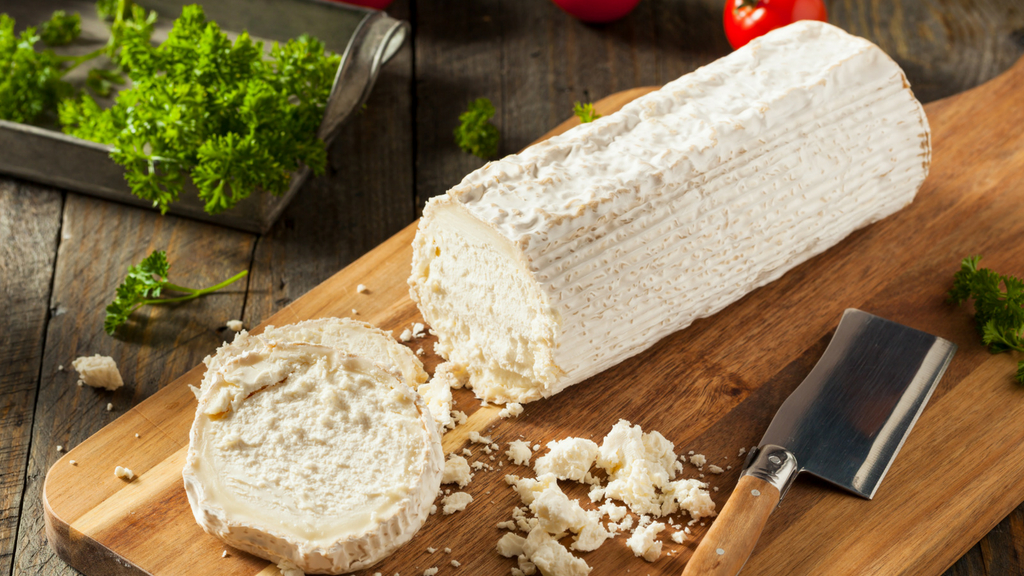
It contains hardly any sodium, so you can enjoy a small cheese plate at home without having to feel guilty.
7. Salmon
It’s no secret that salmon is good for you. It routinely appears on lists of healthiest foods, and there are a lot of good reasons for that. For one, salmon is full of omega-3 fatty acids, the reason why many people take krill oil supplements. Omega-3s help your body produce natural, healthy energy and much more.
And if you lay off the additional salt, salmon is a great low-sodium food that can be the centerpiece of a great meal, whether you’re eating alone or with a group.
8. Yogurt
If you want to add a little extra substance to your fruit, try mixing it into a serving of yogurt. Yogurt is another popular low-sodium food, and it has a variety of uses. Yogurt can be enjoyed on its own, or it can be used as a part of a dip.
9. Avocados
Like quinoa, it seems like avocados are getting more and more love these days, as people realize just how powerful the health benefits can be. Avocados are a great source of fiber and omega-3 fatty acids, which make it a great heart health booster.
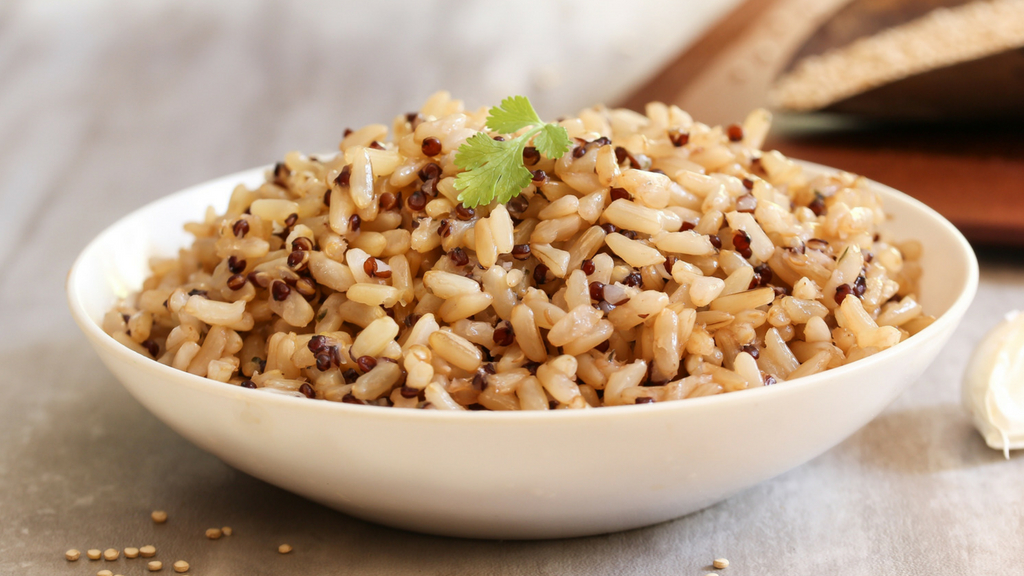
10. Brown Rice
If you’re looking for a great base you can use for many dishes, brown rice is a top option. It’s loaded with manganese, a powerful mineral that is a great overall health booster. Brown rice can also help boost your energy, and it has anti-inflammatory properties.
The Bottom Line
Many foods contain sodium, even foods you wouldn’t expect. Salt is one of the most common ingredients it seems, and it can be difficult to avoid, even if you are trying to be health-conscious.
Hopefully, this list will help take some of the guesswork out of maintaining a low-sodium diet. If you’re concerned about your heart health, or if your doctor has instructed you to keep your sodium intake to a minimum, this list will be a helpful guide to give you some ideas for good foods you can use to make your meals.












